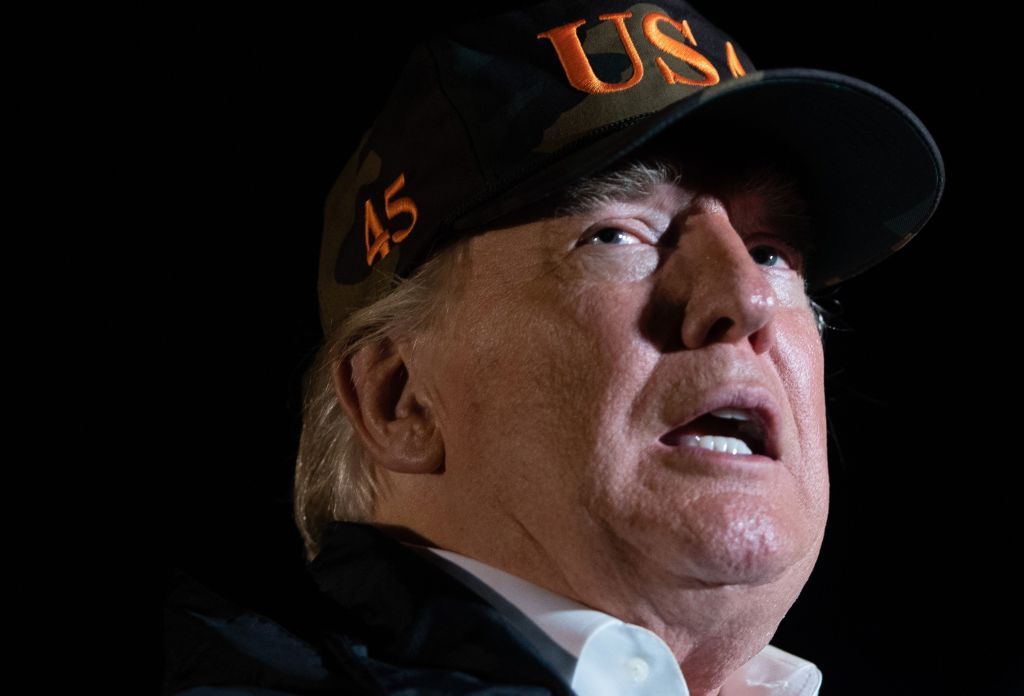By Faiz Siddiqui | The Washington Post
The next time a politician, dignitary – or perhaps a president – makes an utterance that violates Twitter standards, the message might be accompanied by a note that expands on the 280-character tweet, a top official with the company said Wednesday.
Twitter is exploring how it can annotate offensive tweets that break its rules but remain in the public interest, said Vijaya Gadde, the company’s head of legal, policy, and trust and safety. It’s an effort to stem offensive content and hate speech and follows comments last year by chief executive Jack Dorsey, who said he is rethinking core parts of the platform to stem harassment and other abuses.
“One of the things we’re working really closely on with our product and engineering folks is, ‘How can we label that?’ ” Gadde said in a response to questions from The Washington Post. “How can we put some context around it so people are aware that that content is actually a violation of our rules and it is serving a particular purpose in remaining on the platform.”
Gadde revealed the initiative at the Technology 202 Live, a Washington Post Live forum in San Francisco. Gadde said the efforts to provide context will serve to maintain Twitter’s community standards while keeping the platform a place for policy revelations and public conversation that may be in the public interest.
In Twitter’s present iteration, she said, “when we leave that content on the platform there’s no context around that and it just lives on Twitter and people can see it and they just assume that is the type of content or behavior that’s allowed by our rules.”
Though the company has an exception for newsworthiness, Twitter draws a line around content that is violent or direct threats of harm.
“There is absolutely a line of a type of content, an example being a direct, violent threat against an individual that we wouldn’t leave on the platform because of the danger it poses to that individual,” Gadde said. “But, there are other types of content that we believe are newsworthy or in the public interest that people may want to have a conversation around.”
Gadde said Twitter will not remove follower counts or like or other core aspects of the Twitter experience. But she hinted that those icons could be hidden from view as part of the new user experience unless a user specifically seeks them out, design changes the company is testing.
President Donald Trump, who has turned to Twitter as his preferred mechanism for rapid-fire messaging, has tested its community standards repeatedly. Dorsey’s has acknowledged criticism that his website had failed to stem the tide of hatred and issues such as “echo chambers” that had festered on his website.
Dorsey has generally stuck to a line that Trump’s comments are inherently newsworthy, and thus should remain on the site, despite criticism that some tweets have bordered on abusive. In August, Trump called a former aide, Omarosa Manigault Newman, a “dog.” He has regularly used the platform to attack political enemies, such as the late senator John McCain, R-Ariz., and Hillary Clinton and he has shared an image of his political foes behind bars. Trump has also retweeted unverified anti-Islam videos and has posted videos depicting, among other slights at the media, CNN being squashed by a shoe.
There are concerns that the president’s Twitter behavior has influenced politicians on the local and state level, as well. And politicians overseas have been accused of abusing the platform with inflammatory rhetoric.
Twitter declined to comment further on the initiative, answer questions concerning who the new notation standard would apply to or specify the form the annotations would take.










